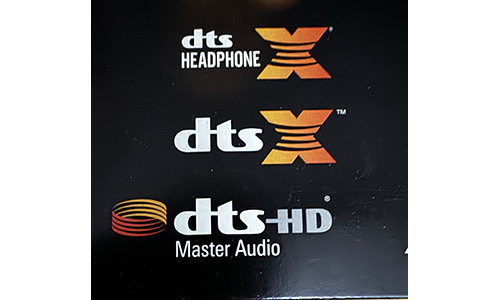DTS, Inc., a global developer of next-generation audio and a wholly owned subsidiary of Xperi Inc., has announced DTS Clear Dialogue, a new on-device solution that leverages the latest advancements in AI-based audio processing to improve dialogue intelligibility for TV audio, delivering a more engaging and personalized audio experience for consumers at home.
According to the company, DTS Clear Dialogue addresses one of the biggest audio complaints from consumers—not being able to clearly understand spoken onscreen dialog. DTS explains there are many reasons why consumers have difficulty understanding onscreen dialogue that include device limitations, inconsistent audio across content sources, environmental noise or individual hearing abilities. DTS Clear Dialogue, the company continues, provides consumers with the ability to personalize and optimize their audio experience, significantly improving their understanding of dialogue.
“Sound quality is an essential part of the TV and video viewing experience,” says Greg Ireland, senior research director at IDC. “IDC’s consumer survey results continue to show that sound quality is highly important to a strong majority of viewers. Moreover, sound quality applies to older and young consumers, signaling that solutions that enable improved audio experiences address a highly important facet of the viewing experience for consumers across all generations.”
Clear Dialogue Technology Developed to Meet Consumer Demand
A recent Xperi survey of 1,200 U.S. adults revealed that 84% of consumers have experienced trouble understanding dialog during TV shows and movies. In response, over three-quarters (77%) of survey respondents said they use captions/subtitles, with one in three survey participants (30%) reporting they are always or often turned on.
“When viewers can’t hear the dialogue, it degrades the quality of their TV experience and turning on subtitles is a workaround, not a solution,” comments Geir Skaaden, chief products & services officer at Xperi. “To date, attempts to mitigate audio post-processing limitations don’t address the complex underlying problems across languages, content and environment, and can’t account for each viewer’s individuality. Our device-side AI-based audio processing solution will allow TV OEMs [original equipment manufacturers] to provide their viewers with the ability to customize and personalize their audio experience.”
DTS boasts that its Clear Dialogue leverages AI audio processing and machine learning techniques to identify, separate and enhance dialog so listeners can better understand spoken content on the screen. The company also states that its Clear Dialogue Technology is language-inclusive and agnostic to content types, including movies, TV shows, sports, live events, and more.
In addition, DTS emphasizes, 79% of U.S. consumers, surveyed by Xperi, said that DTS Clear Dialogue would increase their interest in a smart TV that offered it. Top use cases scenario for the technology, the company concludes is when actors do not speak clearly (40%), as well as when non-dialog audio elements are too loud (38%), along with when viewers want to watch at a lower overall volume to avoid disturbing others (35%), and situations when TV-watching environments are too noisy (34%).
















